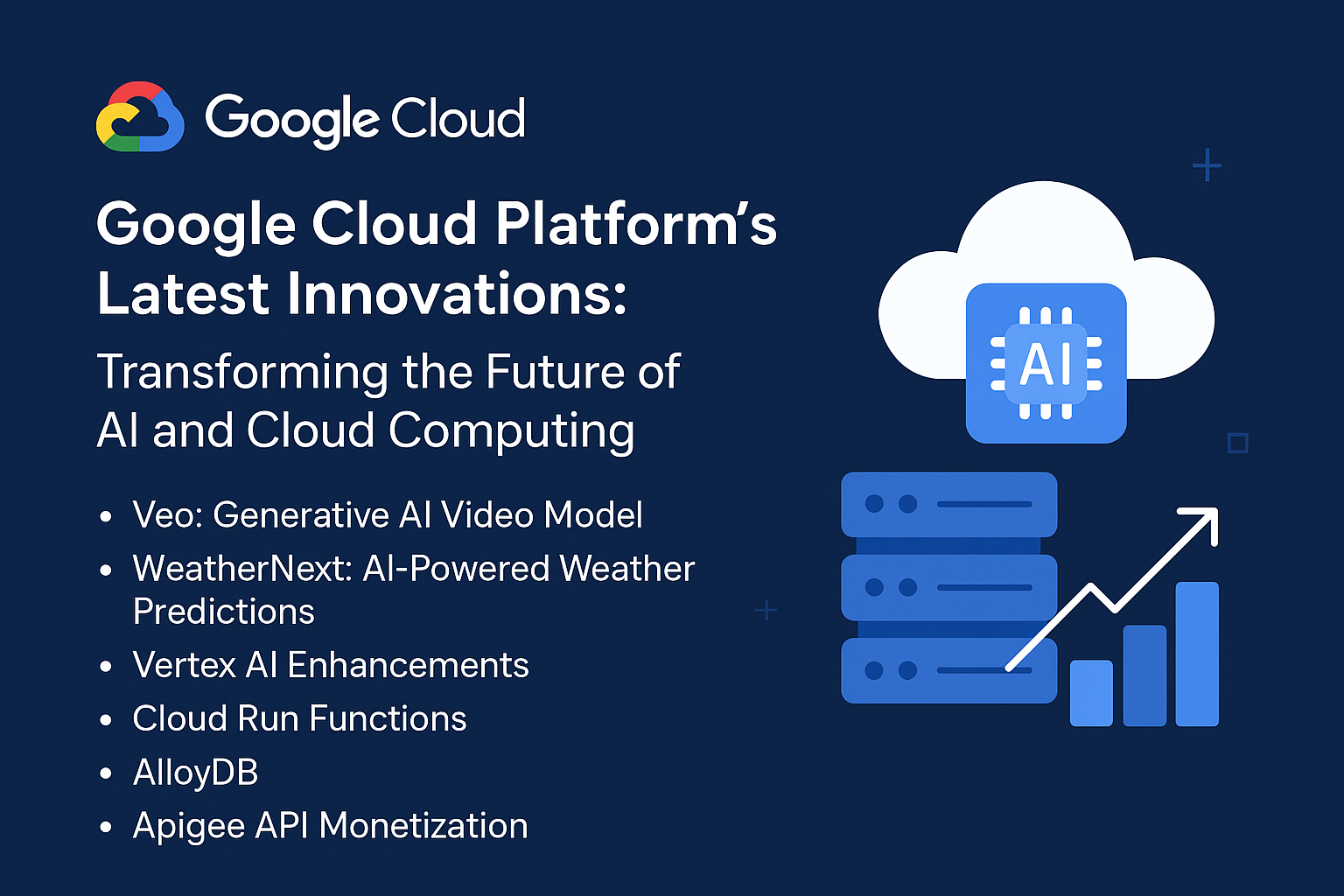Table of Contents:
- Introduction: Understanding the Triple Threat
- AI (Artificial Intelligence): Revolutionizing Business Operations
- Definition and Key Components
- AI Applications in Business
- Key Benefits of AI in Business Growth
- Leading AI Tools and Resources
- Big Data: Transforming Decision-Making and Analytics
- What is Big Data?
- The Role of Big Data in Business Intelligence
- Big Data in Action: Real-World Use Cases
- Popular Big Data Tools and Platforms
- Cloud SaaS (Software as a Service): Empowering Remote and Scalable Business Solutions
- What is Cloud SaaS?
- Benefits of Cloud SaaS for Businesses
- Key SaaS Solutions in the Market
- How SaaS Integrates with AI and Big Data
- The Synergy: How AI, Big Data, and Cloud SaaS Work Together
- Integration and Interplay
- Enhancing Efficiency and Productivity
- Real-World Examples of AI, Big Data, and SaaS Collaboration
- Challenges and Risks in Implementing AI, Big Data, and Cloud SaaS
- Technical and Operational Challenges
- Privacy and Security Concerns
- Managing and Analyzing Complex Data
- Future Trends: The Evolution of AI, Big Data, and Cloud SaaS
- Emerging Technologies and Innovations
- Predictions for Business Growth
- Resources to Stay Ahead in the Industry
- Conclusion: The Impact on Business Growth and Competitive Advantage
1. Introduction: Understanding the Triple Threat
AI, Big Data, and Cloud SaaS are often considered as a “triple threat” for driving business growth. These technologies enable organizations to automate processes, make data-driven decisions, and scale operations. This section will provide an overview of how these tools can work in concert to transform industries.
2. AI (Artificial Intelligence): Revolutionizing Business Operations
Definition and Key Components: AI refers to machines designed to mimic human intelligence. AI systems can be based on machine learning (ML), natural language processing (NLP), and robotics.
AI Applications in Business: AI applications can include customer service chatbots, predictive analytics, automated marketing, and even advanced supply chain management.
Key Benefits of AI in Business Growth:
- Automation of repetitive tasks.
- Improved decision-making based on data analysis.
- Personalized customer experiences.
Leading AI Tools and Resources:
- Google AI: Google AI
- IBM Watson: IBM Watson
- OpenAI: OpenAI
3. Big Data: Transforming Decision-Making and Analytics
What is Big Data?: Big Data refers to vast and complex datasets that traditional data processing software can’t handle. These datasets often come from multiple sources, including social media, IoT devices, and transactional systems.
The Role of Big Data in Business Intelligence: Big Data allows businesses to understand market trends, customer preferences, and operational bottlenecks.
Big Data in Action: Real-World Use Cases:
- Retailers use Big Data to forecast demand.
- Healthcare providers analyze patient data for better treatments.
Popular Big Data Tools and Platforms:
- Apache Hadoop: Apache Hadoop
- Google BigQuery: Google BigQuery
- Cloudera: Cloudera
4. Cloud SaaS (Software as a Service): Empowering Remote and Scalable Business Solutions
What is Cloud SaaS?: Cloud SaaS refers to software applications that are hosted on the cloud, meaning they can be accessed remotely via the internet without needing on-site infrastructure.
Benefits of Cloud SaaS for Businesses:
- Scalability without the need for in-house hardware.
- Subscription-based models reduce upfront costs.
- Integration with AI and Big Data for enhanced functionalities.
Key SaaS Solutions in the Market:
- Salesforce: Salesforce
- Slack: Slack
- Dropbox: Dropbox
How SaaS Integrates with AI and Big Data: Cloud SaaS providers often integrate AI and Big Data solutions to enhance automation, business intelligence, and personalized customer services.
5. The Synergy: How AI, Big Data, and Cloud SaaS Work Together
Integration and Interplay: The trio of AI, Big Data, and Cloud SaaS is most powerful when they work together. Big Data provides the raw information, AI extracts insights, and Cloud SaaS makes the solutions scalable and accessible.
Enhancing Efficiency and Productivity: For example, AI can analyze customer data from a SaaS application and predict future behaviors. SaaS can then automate responses based on these predictions.
Real-World Examples of AI, Big Data, and SaaS Collaboration:
- Netflix: Uses AI and Big Data to recommend shows based on viewing history, all hosted on a cloud platform.
- Amazon: Leverages AI and Big Data to predict customer preferences and optimize supply chain, all powered by AWS.
6. Challenges and Risks in Implementing AI, Big Data, and Cloud SaaS
Technical and Operational Challenges: The complexity of implementing these technologies can require substantial investment and training.
Privacy and Security Concerns: As more businesses move their data to the cloud, ensuring privacy and security becomes increasingly difficult.
Managing and Analyzing Complex Data: Handling large datasets effectively requires robust analytics tools and strategies.
7. Future Trends: The Evolution of AI, Big Data, and Cloud SaaS
Emerging Technologies and Innovations: The continuous development of AI algorithms, Big Data processing techniques, and cloud innovations will shape future business strategies.
Predictions for Business Growth:
- More personalized experiences driven by AI.
- Increased reliance on real-time data processing.
- Seamless integration of AI and Big Data in all business operations.
Resources to Stay Ahead in the Industry:
- AI Trends: AI Trends
- Big Data Trends: Big Data Trends
- SaaS Trends: SaaS Trends
8. Conclusion: The Impact on Business Growth and Competitive Advantage
AI, Big Data, and Cloud SaaS together offer businesses the tools they need to enhance productivity, optimize operations, and maintain a competitive edge. By embracing these technologies, companies can unlock new levels of innovation and ensure sustainable growth.

